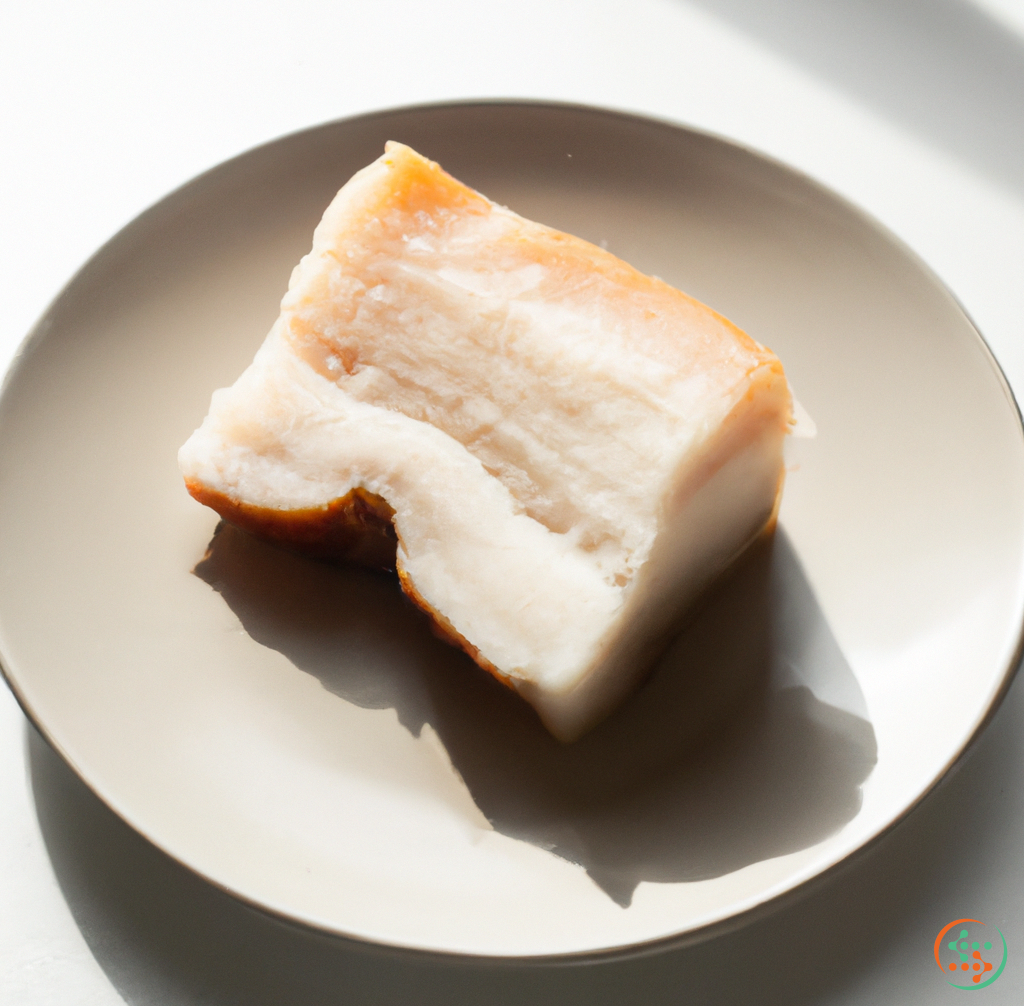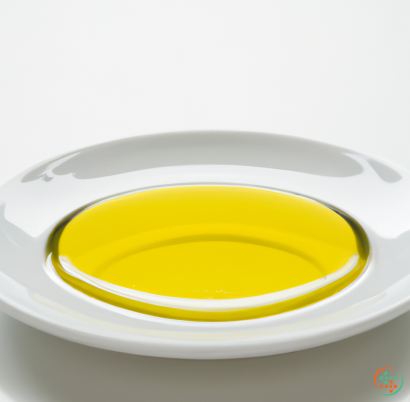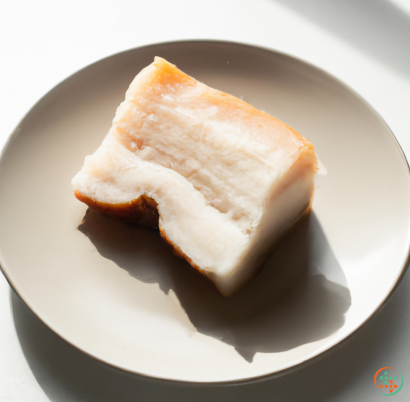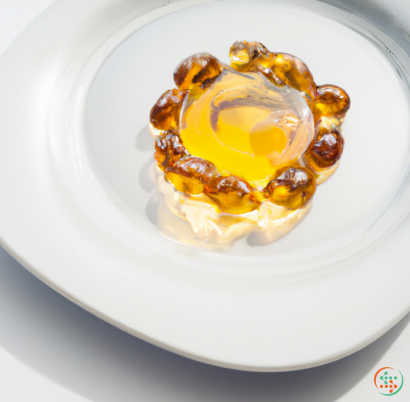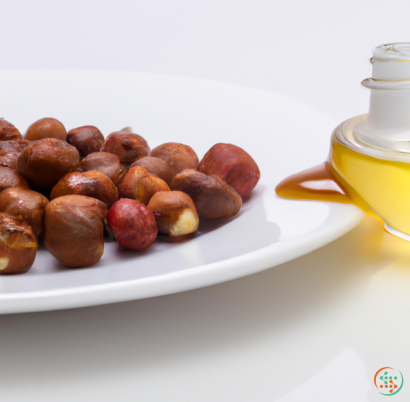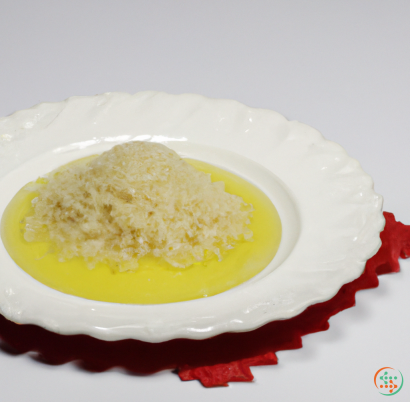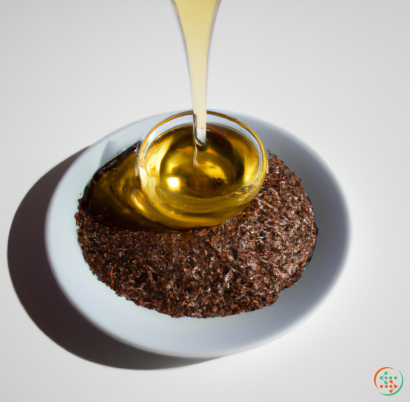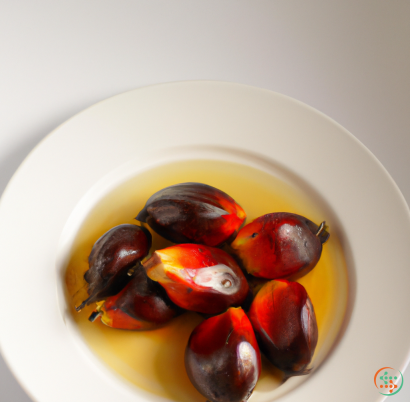Lard
, its history, and how it is used in various recipes
What Is Lard?
Lard is a type of rendered fat made from pork. It’s commonly used for baking and cooking, and it can add flavor and moisture to dishes. Lard is also a staple ingredient in classic recipes and dishes throughout many countries and cultures.
Lard has been around for centuries and is a prized ingredient in many cultures. Its history dates back to early European countries, particularly France and Spain. The practice of rendering (or melting) animal fats such as pork into lard dates back to early civilizations and was a method used to preserve meat.
In the 19th century, lard was ubiquitous and an important part of many home cooks’ arsenals. During the early 20th century, lard’s popularity decreased as people moved away from animal-based ingredients and diets and turned to vegetable-based ingredients instead. However, in recent years lard has experienced something of a renaissance and is once again a common ingredient in recipes and meals.
The biggest reason for lard’s return to popularity is its high smoke point, which means that the fat can be used for sautéing, pan searing, and deep frying without smoking or burning. It’s also a source of healthy monounsaturated fats, like those found in avocados and olive oil, which can be beneficial for heart health.
How Is Lard Used?
Lard can be used in a variety of recipes. It’s often used in baking, as it adds moisture to biscuits, cookies, pastries, and pie crusts. It can also be used to fry meats and vegetables, and it adds flavor to sautés, sauces, and gravies.
Lard is also commonly used in a variety of classic recipes. Mexican recipes often use lard to flavor beans, soups, and other dishes. In many French recipes, lard often replaces butter or vegetable oils. In Italy, lard is used to make sauces for pasta dishes, as well as for roasting vegetables. Many Southeast Asian dishes, such as Pad Thai and curries, also make use of lard as a cooking medium.
Where Can I Buy Lard?
Because lard is a rendered fat, it needs to be stored in the refrigerator in order to keep it from becoming rancid. Lard can be found in some grocery stores in the canned goods section. However, you may have better luck finding lard in specialty markets or butcher shops. It’s also fairly easy to render your own lard at home using pork fat and a slow cooker.
What’s the Difference Between Lard and Other Fats?
It’s important to note that there are different types of lard, and each one has a different flavor profile and uses in cooking. Leaf lard, which is made from the fat surrounding a pig’s kidneys, is considered the finest and purest lard and is best used in pastry and pie crusts. Back or belly lard, on the other hand, is a tougher fat and not as delicate, making it a better choice for roasting meats or frying.
Lard is also different than other popular fats like butter, vegetable oils, and coconut oil. While lard does contain some saturated fat, it’s also a source of monounsaturated fat. This type of fat isn’t as bad for your health as other types of fats and can actually benefit your health if eaten in moderation. Lard also has a higher smoke point than some other fats, so it can be used for high-heat cooking without burning or smoking.
In conclusion, lard is a type of rendered fat from pork that’s been around for centuries. It’s a great source of monounsaturated fat and has a high smoke point, making it ideal for high-heat cooking applications. Lard can be found at specialty markets or butcher shops, or you can even make it yourself at home. Its uses in baking, frying, roasting, and sauces make it a versatile and valuable ingredient.
What is Lard and How Does it Travel From Farm to Table?
Lard is a fat obtained from pork that has been rendered or processed in order to separate the fat from the muscle. It is often used in cooking and baking to add flavor and moisture to dishes. It can also be used as a shortening in place of butter and as a substitute for vegetable oil in many recipes. With a smoky, savory flavor profile, lard is a tasty, versatile ingredient that is important to many traditional cuisines around the world.
In order to understand how lard is created and how it travels from farm to table, we need to understand the process of pork production. The commercial production of pork begins with the selection of livestock for raising on a farm. Large, industrial farms typically raise animals for slaughter in concentrated animal feeding operations (CAFOs). The living conditions in a CAFO can be extremely crowded and of dubious quality, and this has a direct impact on the quality of the meat produced.
Once the pigs reach their appropriate size and weight, they are sent to a processing facility. At the facility, the animals are slaughtered and the carcasses are broken down into individual cuts. The fat that is trimmed from the carcass during this process is collected separately and is referred to as lard.
Once the lard is separated from the carcass it is then rendered. Rendering is the process of heating lard slowly in a rendering kettle to a temperature between 325-375°F. This process separates the fatty acids from the remaining protein and water. The fat melts at this temperature and rises to the top of the kettle while the impurities sink to the bottom.
The fat is then cooled and strained to remove any leftover solids. This final product is lard, which is then typically sold to consumers or used in further downstream processing. After the lard is rendered, it must travel from the processing plant to the consumer.
There are a few different options for transporting lard. The most common are rail or truck. Rail is the more cost-effective option, but it can take longer. Trucks are faster, but very expensive. Both require refrigeration so the lard does not spoil. If the lard needs to be shipped overseas, it must be loaded onto a refrigerated container ship.
Once the lard arrives at its destination, it can begin its journey to the dinner plate. The lard can be sold directly to consumers in retail stores or food markets, or it may be used in further processing. Many products, such as margarine and other spreads, are created using lard as an ingredient.
This processed lard may then be sold to mass-market retailers, such as supermarkets and convenience stores. In order for lard to reach the dinner plate, it needs to be purchased by the consumer, who then takes it home and stores it until it is ready to be used.
Lard is widely used in many traditional recipes and cuisines. It is a key ingredient in pie crusts and biscuits, as well as in many Mexican and Latin-American dishes. It can also be used as a frying medium due to its high smoke point.
Lard is a tasty, versatile ingredient that is important to many traditional cuisines around the world. When purchasing lard, look for organic, sustainably-produced lard as this is higher quality than conventional options. It also pays to read labels carefully and check for hydrogenated lard, which is a processed, unhealthy form of lard.
Regardless of how you choose to use lard, understanding the journey from farm to table can help you make more informed decisions about the food you buy. Knowing where your food comes from and what is in it is an important step in building healthier, more sustainable dietary habits.
| Vitamin D | 0.0025 mg | |
| Vitamin D3 | 0.0025 mg | |
| Vitamin E | 0.6 mg | |
| Vitamin B4 | 0.0497 grams |
| Zinc | 0.11 mg |
Daily Value 0.011 g
|
| Selenium | 0.2 ug |
Daily Value 0.055 mg
|
| Total Sugars | 0 ug |
per 100g
|
| Capric acid (10:0) | 0.1 grams |
|
| Lauric acid (12:0) | 0.2 grams |
|
| Myristic acid (14:0) | 1.3 grams |
|
| Palmitic acid (16:0) | 23.8 grams |
|
| Stearic acid (18:0) | 13.5 grams |
|
| Total Saturated fatty acids: | 38.9 g | |
| Oleic acid (18:1) | 41.2 grams |
|
| Palmitoleic acid (16:1) | 2.7 grams |
|
| Gadoleic acid (20:1) | 1. grams |
|
| Total Monounsaturated fatty acids: | 44.9 g | |
| Linolenic acid (18:3) | 1. grams |
|
| Linoleic acid (18:2) | 10.2 grams |
|
| Total Polyunsaturated fatty acids: | 11.2 g | |
| Cholesterol | 0.1 grams |
|
| Total Sterols: | 0.1 g | |
